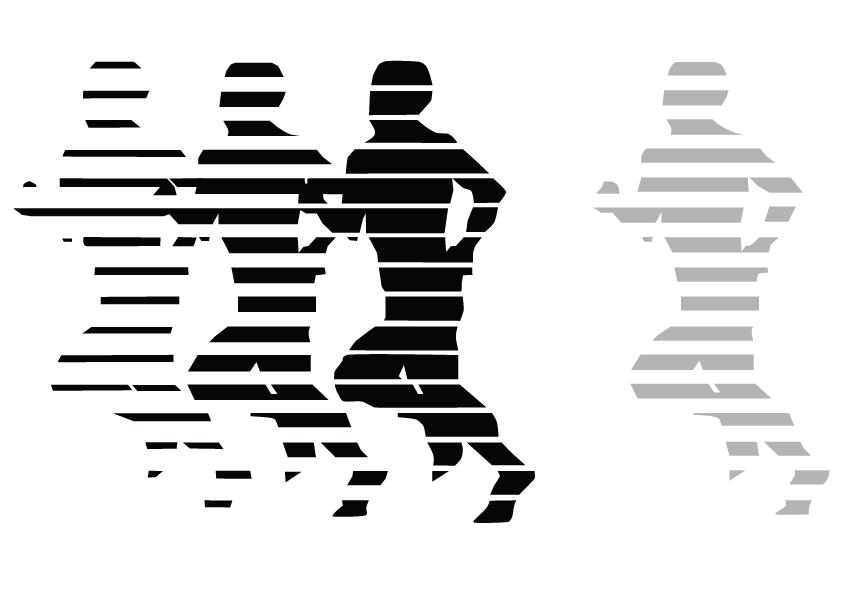Anatomy
The anterior cruciate ligament (ACL) is a found within the knee joint. It attaches between the back of the femur (thigh bone) to the front of the tibia (one of the shin bones). This ligament helps to prevent movement of the tibia forward relative to the femur and controls rotation about the knee, such us during pivoting movements.
Mechanism
The common injury is an ACL rupture in which an isolated injury can occur, or may be combined with other knee injuries depending on the mechanism of injury. Risk factors include being female (up to 8 times greater risk), having a stronger firing pattern of the quadriceps relative to the hamstring muscle, preforming sporting activities involving landing from jumps or cutting maneuvers, and a previous ACL injury on the opposite leg.
Symptoms
Pain is felt immediately and is often combined with a “popping” noise. Depending on the extent of injury and whether or not other injuries have also occurred, pain is often general in location. However, due to the shearing of the tibia forward from the femur which tends to stretch the outer part of the knee joint capsule, there may be pain localised to the outside part of the knee. Difficulty occurs with continuing activity and it is common for swelling to develop within the hour around the knee. A feeling of giving way is frequently described after this type of injury.
Treatment/ Future Implications
Treatment strongly depends upon the patient and can either be conservative involving rehabilitation only, or surgery followed by rehabilitation. Factors to consider surgery over conservative include the severity of injury, age of the patient, and a patient’s sporting activities or goals. The time and cost of surgery and rehabilitation is another factor that must be considered. Surgery is a strong option for active people who want to return to sport which may involve a degree of intensity, pivoting movements, a change in direction, or direct contact. Three different surgery techniques are available (patella graft, hamstring graft and LARS) and again this depends upon the patient. An MRI confirms an injury that is often predicted clinically. However, this investigation also determines the extent of the injury and whether other structures have been damaged. Rehabilitation after surgery can take up to 12 months before return to sport occurs. However, this time frame is a gude only with some patients responding quicker. Osteoarthritis and a high re-injury rate on the opposite leg have been reported as risk factors after an initial ACL injury.
